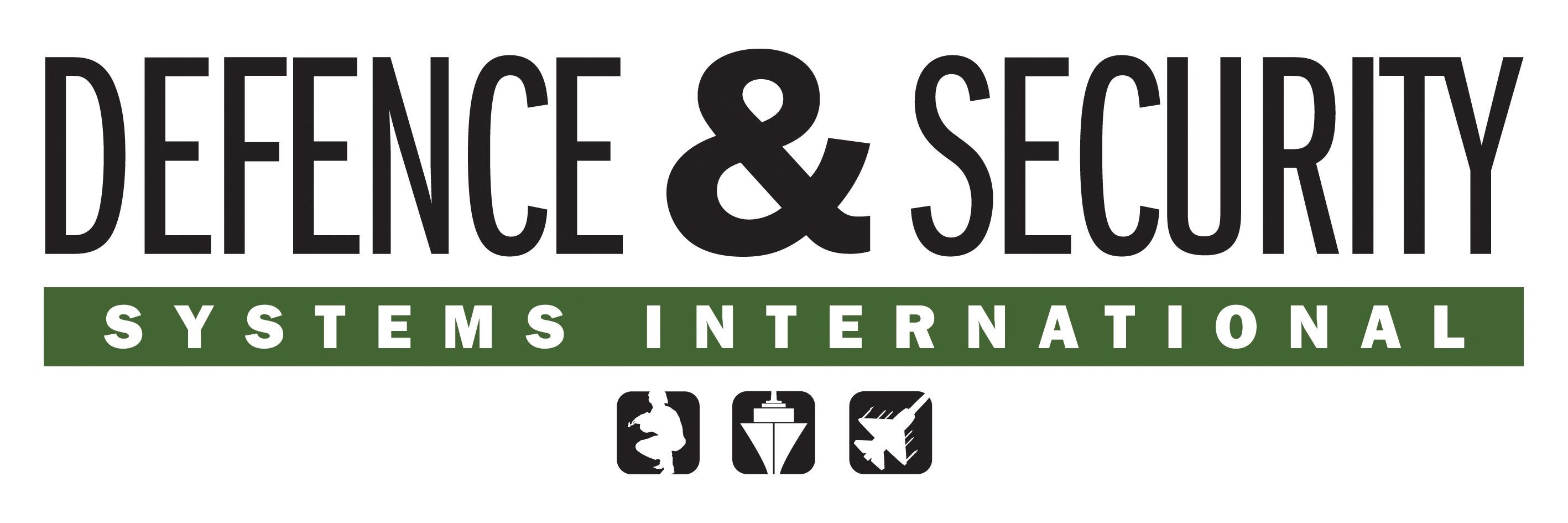
Over the next 12 months, India is to spend $40bn on its defence forces and another $8bn on its police. This significant increase in the country’s outlay coincidentally fills the gap that will be created in the global ‘arms bazaar’ by the US, which, although still the world’s largest defence spender, will decrease its military spending by $478bn over the next decade. Those looking for a market in this period of recession should focus on Asia – India in particular.
Approximately 70% of India’s military needs are fulfilled by foreign vendors and, in April this year, New Delhi hosted Asia’s largest defence expo, with delegations from 90 countries keen to claim their share of the Indian market. Within this sector, the fastest-growing area is homeland security. The experience of terrorism throughout India, particularly the 26/11 attacks in Mumbai, as well as long battles with insurgents in Kashmir, the increasing footprints of the Maoists in central India and tribal militants in the north-east, have created a sense of urgency behind fortifying the country like never before.
Equipment for the foot soldiers
It seems that nowhere is safe any more and if India can learn a lesson from over two decades of battling terror, then it is that the country must prepare to pre-empt future terror strikes. Little has been done to that effect, until now.
While the armed forces have systematically convinced India’s political masters to get equipment for their soldiers, the true bulwark against the terror strikes, India’s police and paramilitary men – the foot soldiers who fight the terrorists hiding in the shadows – are woefully under-equipped. They don’t just need helicopters and armoured fighting vehicles, they also require night vision devices, interceptors, cameras, radar and communication systems – all the necessary equipment that will help prevent another major terror attack.
Barring a handful of special units, most of India’s policemen are still ill-prepared to battle suicidal fedayeen warriors; for example, the police and paramilitary forces do not have protection systems for their personnel or vehicles against lethal IEDs that are now the norm among terrorists. Moreover, Indian police units have neither the training aids nor the sensors that they need to detect and neutralise them. And whereas today’s terrorists mostly use automatic AK-47s, some Indian police officers still carry antiquated bolt-action rifles that are slow and tedious to operate. Additionally, terrorists use satellite phones and GPS navigational systems, while the police operate VHF radio sets that cannot function in high-rise cities such as Mumbai.
Small well-equipped teams are essential for battling terrorism, but only the special forces have the equipment in place, not the ordinary policemen who undertake their counterterror or counterinsurgency roles with little or no training. Clearly, India’s police have a long way to go.
Terror challenges in Asia: the trillion-dollar market
The global annual spend on homeland security now stands at about $200bn. With budgets in Asia set to increase by 30% in its trillion-dollar-plus market, where China, India, Japan and Saudi Arabia are closely followed by South East Asia, the message is clear: Asia is already almost as big a market as the US, which accounts for a third of the world’s homeland security expenditure.
But unlike the US, it would be a mistake to look at the security situation in Asia as one constant. Asia has many geostrategic regions, each with its own peculiarities, presenting challenges that are either indigenous or insurgencies that survive on cross-border support. With the Liberation Tigers of Tamil Eelam in Sri Lanka now redundant, almost all terror groups in Asia inspire their cadres with radical Islam.
Indigenous insurgencies and sometimes conflicts with communal divides have their roots in poor governance and corruption, ethnic inequalities and a sense of persecution by the state. In India, these can be seen in the Maoist movement across central India and the tribal insurgency in north-east India, whereas in Pakistan it is the Shia-Sunni divide, the Baloch insurgency and the Pashtun disaffection in the North-West Frontier Province or the Af-Pak region.
Russia’s Chechen problem and China’s battle against discontent in Xinjiang, as well as the Kurdish situation across Iran, Iraq and Turkey, all fall into these categories. These require a combination of police/military operations while adhering to the minimum force dictum to contain the problem, backed by imaginatively delivered packages that address the core grievances of the locals – employment, education, housing and roads.
Transnational threats
The second challenge is posed by proxy wars and transnational threats. This is sometimes used as an instrument of policy by some countries; for example, Pakistan’s support for cross-border groups that operate in Kashmir, which has added momentum to the failures of New Delhi policies, and Islamabad’s support for the Taliban groups in Afghanistan. Other prominent examples are Israeli backing for the Jundullah to undermine the Iranian Government and Iranian support for Hezbollah in Lebanon, or more recently the anti-Bahrain and anti-Saudi groups in the Persian Gulf.
Transnational terror groups either linked with or inspired by al-Qaeda, from the Philippines to Iraq, use radical Islam to garner support. Although Osama bin Laden has been eliminated and al-Qaeda is in tatters, his legacy continues to motivate suicide bombers from Pakistan to the Gulf states.
The challenge they pose is still not insignificant and is difficult to counter. A heady cocktail of these threats has made Asia the fastest-growing homeland security market. Securing Asia 2012, held in London at the end of June, showcased the technologies and training methodologies that Asian countries need, and brought together buyers and suppliers under one roof to help Asian countries equip themselves for the challenges ahead.
This article was first published in our sister publication Defence & Security Systems International.




